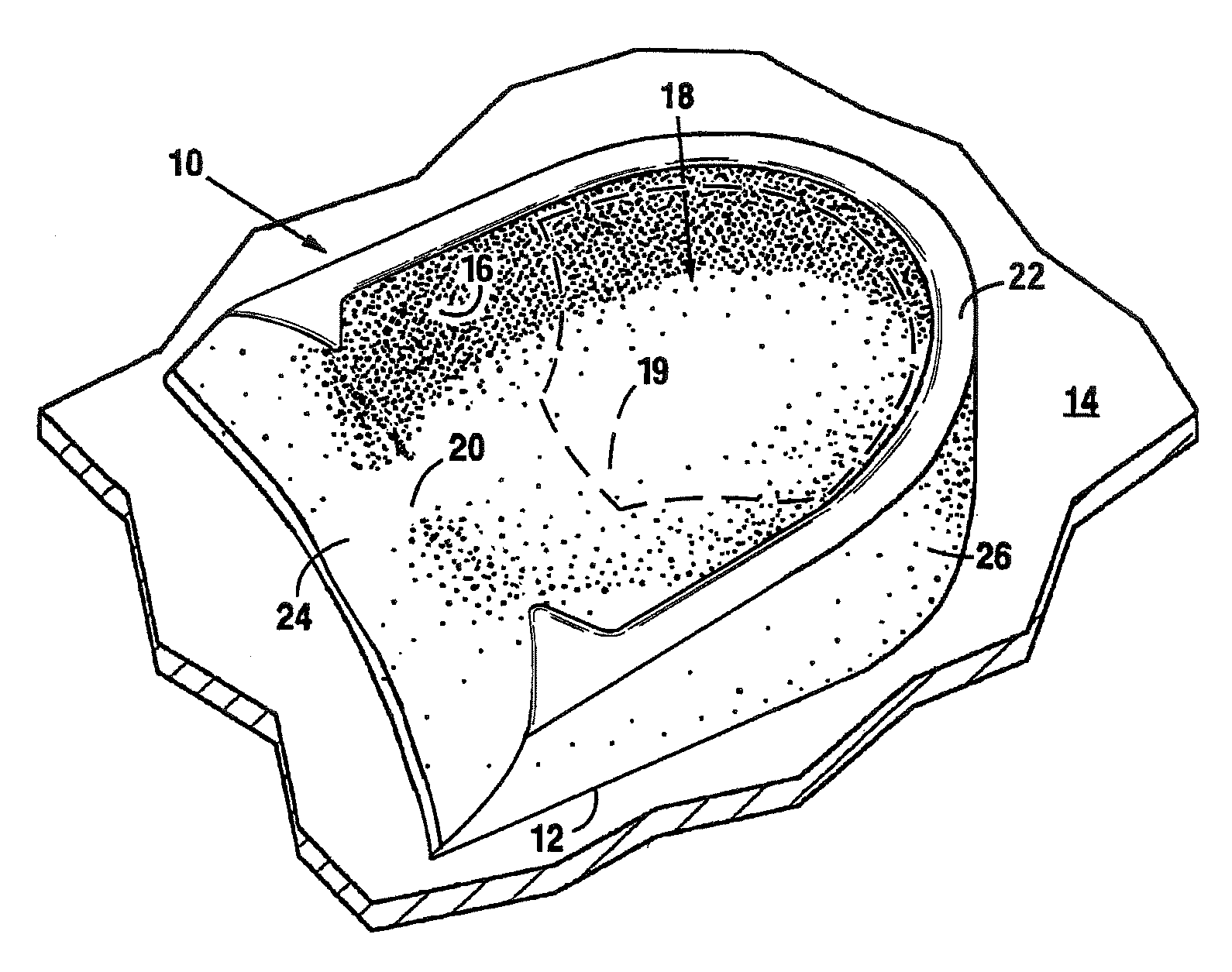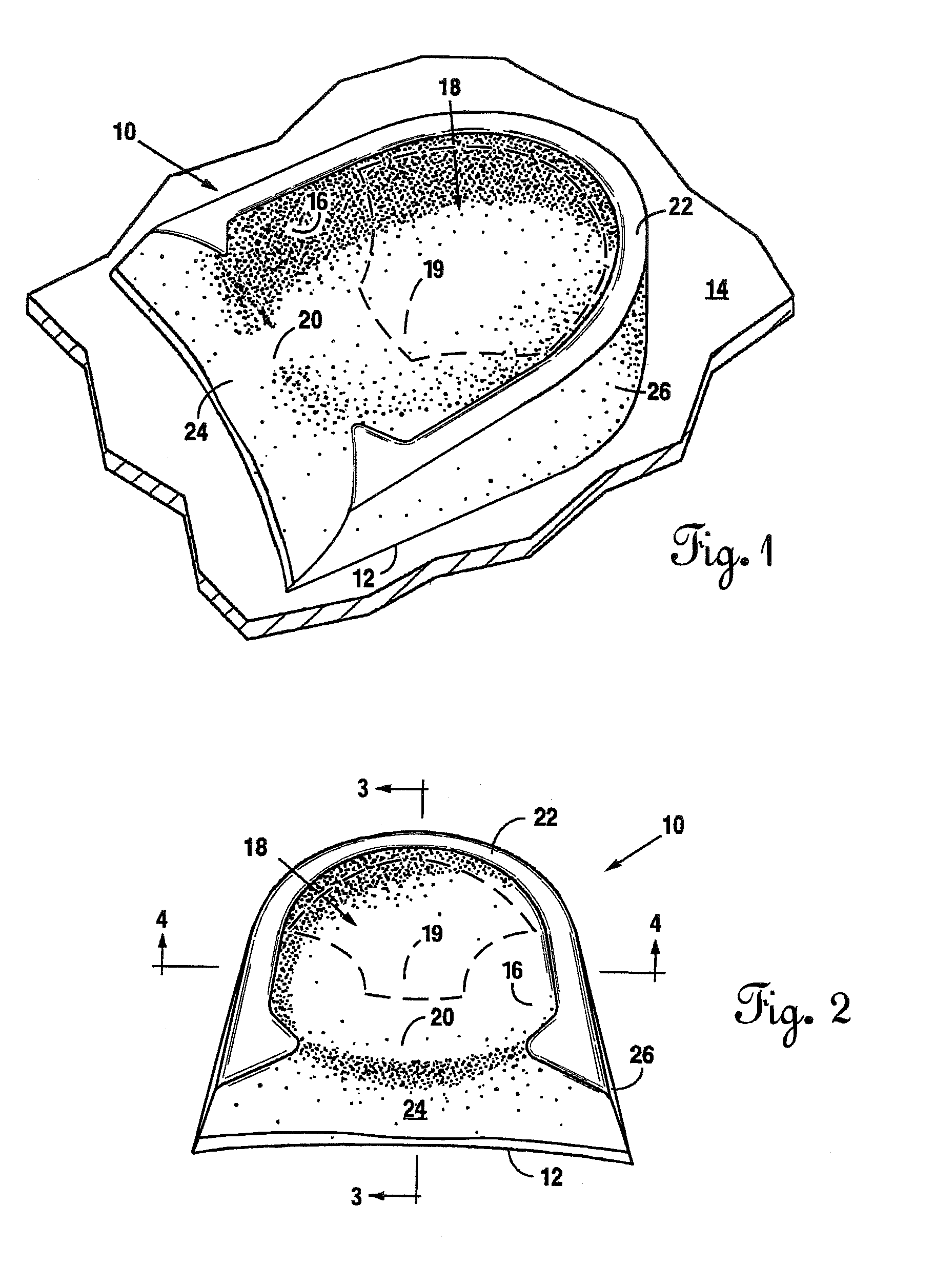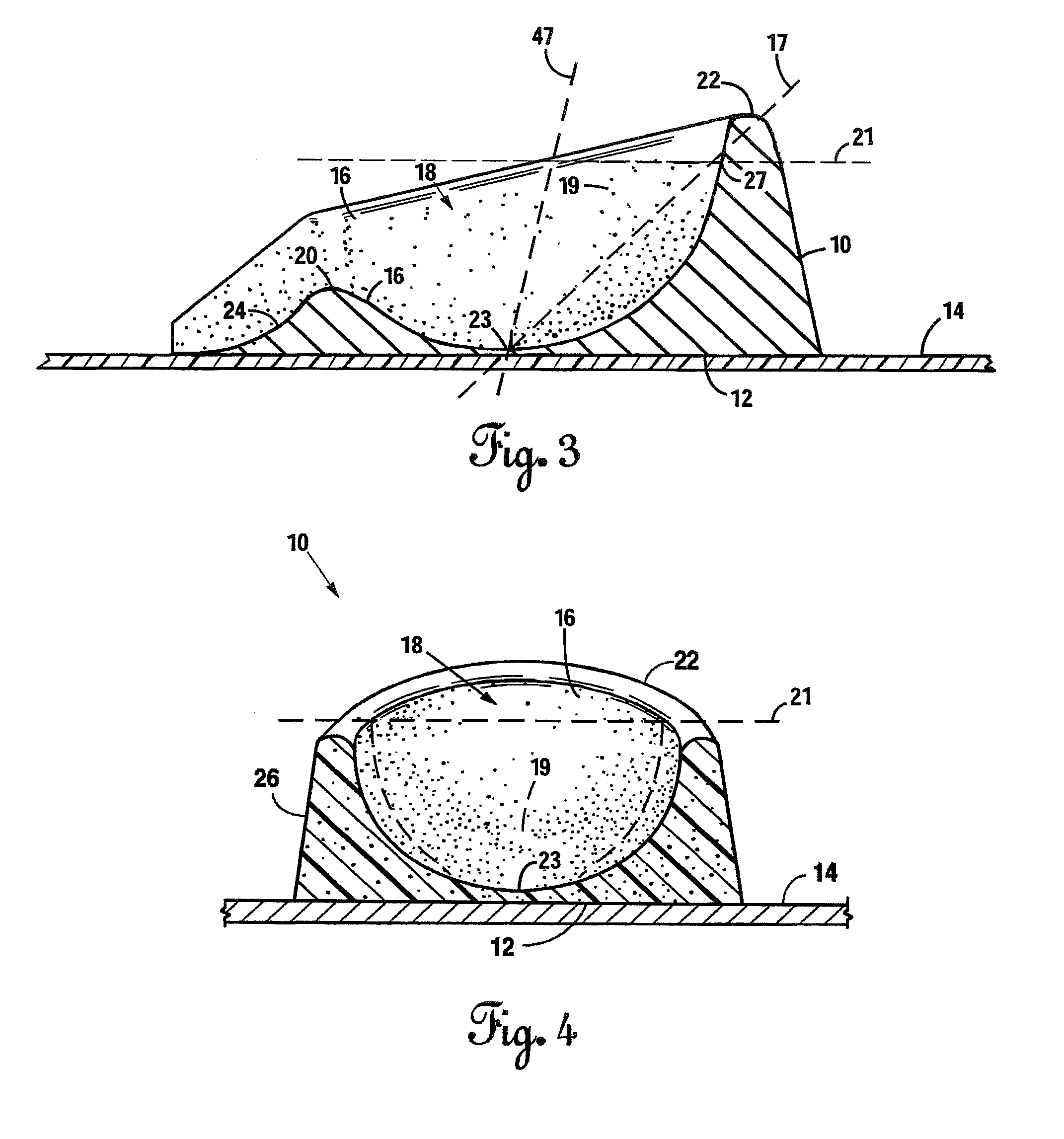During the first few months of an infants' life, however, the infant is most susceptible to the formation of synostotic or non-synostotic deformities in the cranium.
In addition, neurological abnormalities, such as
paralysis,
cerebral palsy, or some sort of developmental
delay, may predispose a child to cranial positioning problems.
Non-synostotic posterior plagiocephaly is a very common problem for which parents seek evaluation and recommendations from their family physician or pediatrician.
This is only achievable by re-positioning the patient's head, which is not possible in a large number of infants (e.g., those having immobility from torticollis).
Prolonged immobility of the head will eventually lead to the development of a positional
deformity.
Despite public knowledge and education regarding the development of these deformities and preventative measures, because infants are usually born with normal head shapes, it appears economically irrational to go through the expense and trouble of obtaining a preventative device if no
deformity appears to be present.
Development of these deformities is insidious, slowly occurring over weeks and easily overlooked.
Treatment by “repositioning,” also called “mobilization”—that is, the act of another person moving the infant's head from side to side at regular intervals—is ineffective for treating or preventing these deformities due to the inherent problems associated with such a method of treatment.
Simply put, it is very difficult to keep the child's head in the same position for extended periods of time, as the natural inclination of the child is to revert to his or her preferred sleeping position.
Moreover, because “mobilization” is ideally performed every two to three hours, the infant requires constant attention throughout the night, and it is therefore not a practical treatment option.
Similarly, children with torticollis cannot be effectively “mobilized” due to the tendency of the head to rotate as a result of involuntary contraction of the
neck muscles.
In both of these cases, the resulting position of the head—whether by preference or immobility—is most likely not the desired position for correction of deformities and is, as noted above, the cause of
deformity in the first place.
To the extent treatment by repositioning might be effective when the above-referenced parameters are satisfied—i.e., a child who does not tend to revert to a preferred sleeping position and is not immobilized due to torticollis, and who can be mobilized regularly every two to three hours—children treated with prevention in this manner still do not obtain a perfectly normal
head shape, because the supporting apparatus remains in contact with the
skin and conforms the head to an abnormal shape.
Due to this ineffectiveness, a large number of these children require additional treatment from five to ten months of age to correct persistent or progressive deformities.
Allowances for growth are also required for correction, but cannot compromise the mechanical ability of a device to correct the existing deformity.
But despite extended use of these helmets, deformities rarely return to a
normal shape.
In addition, many health insurance companies and programs refuse to pay for these devices, leaving a large number of infants with no available treatment because of the relatively high cost of the helmets.
This method allows the redistribution of inwardly directed forces, but fails to adequately correct cranial deformities because the softened material conforms to the already-abnormal
head shape.
Preventing cranial deformities with this approach is also ineffective because forces continue to act directly on a focused area of the head rather than the entire cranial vault.
Because these pads and pillows are not shaped like a normal infant cranium, but are generally flat, forces acting on the cranium from these devices result in cranial flattening, and therefore an abnormal
head shape, because the head conforms to the shape of the material (i.e., flat) at the point of contact.
Although the use of an elastic stretchable material or netting may be slightly better than regular foam for preventing the development of flattened areas, these devices also do not effectively promote normal shaping due to the continuous application of external forces directed at the posterior aspect of the infant's head.
In the case of prevention, the weight of the cranium on the flexible material will tend to immobilize the cranium, which results in prolonged contact of non-uniform forces around the cranium and, again, is precisely the wrong methodology for maintaining an already normal cranial shape.
As with the “softened material” approach previously described, forces acting on a smaller area of the head results in reduced cranial growth and expansion because the head conforms to the shape of the material, thus resulting in an abnormal head shape in which the frontal areas are wider than the posterior aspect of the head because the material is applied only to the posterior aspect of the cranium, with the application of constricting forces.
After ten to twelve months of age, little, if any, correction of a cranial deformity can be accomplished with non-operative treatment because of reduced velocity of brain and skull growth,
increased thickness of bone, and reduced flexibility of the cranial sutures.
Alternative methods for correcting this condition without the use of a helmet do not directly address the cause of the problem, and therefore do not effectively treat the condition.
Thus, the prior art does not remove or eliminate the external forces at flattened areas of the cranium, but rather maintains an abnormal cranial shape and promotes a static deformity.
However, the low profile (i.e., posterior only) headrests are ineffective based on bio-
mechanics of such devices, as lateral support is necessary in order to achieve effective prevention and treatment
These available and proposed low-profile devices provide insufficient support and positioning to overcome the problem of immobility leading to development and progression of positional deformities.
These deformities develop despite any differences or modifications in shape, size, or consistency—that is, prevention or any level of correction with low profile devices will require turning of the head, and any prevention or correction achieved would be due to “repositioning” treatment as described supra, thus making the device unnecessary.
And as noted above, the ability to reposition or turn the head is a luxury and is not possible in a large number of instances.
Lateral support, however, allows one to overcome the problem of immobility, which is not achievable with a low-profile device.
While Eberl would not be considered a “low profile device” as discussed supra, it also provides insufficient lateral support.
In this manner, Eberl is effectively the same as the low-profile devices, but with an added
disadvantage that the Eberl sidewalls are excessively high such that a very young infant placed on the Eberl invention is susceptible to the development of obstructive amblyopia due to the obstruction of the visual field / pathway.
Currently there is no specific apparatus available to provide effective corrective and
preventative treatment for non-synostotic cranial deformities in the age range of birth to five months.
 Login to View More
Login to View More  Login to View More
Login to View More 


